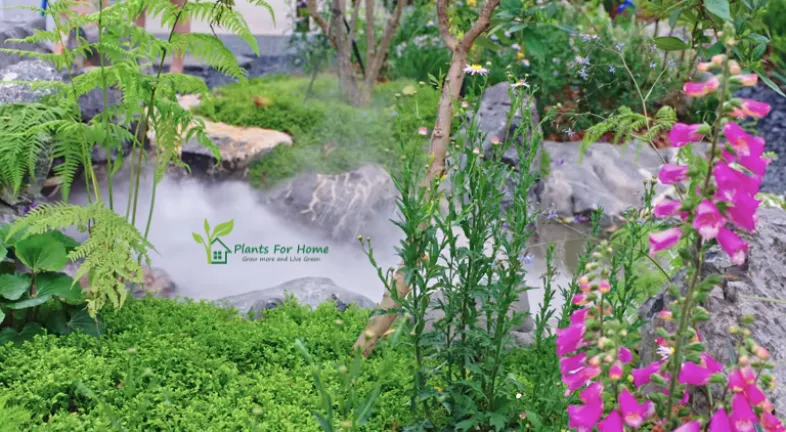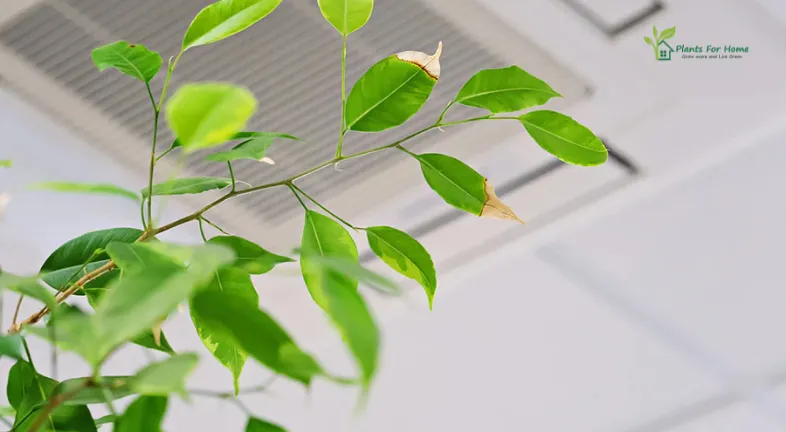
Is Air Conditioning Bad for Indoor Plants? If you love taking care of houseplants, you know how rewarding it is to have a green space in your home. But when summer gets hot, you might wonder-does running the air conditioner harm your plants? The truth is, air conditioning can cause problems for indoor plants, but with some care and thoughtful adjustments, you can keep your greenery thriving even in a chilled room.
In this post, we’ll speak about how air conditioning impacts plants, warning signs that your plants could be struggling, and easy ways to help them stay happy and healthy. We’ll also cover plant-friendly room configurations, smart tech solutions, and common mistakes to avoid.
How Air Conditioning Affects Plants
How Air Conditioning Affects PlantsAir conditioners change the environment in ways plants aren’t used to. The following are the primary items to be aware of:
Temperature Changes
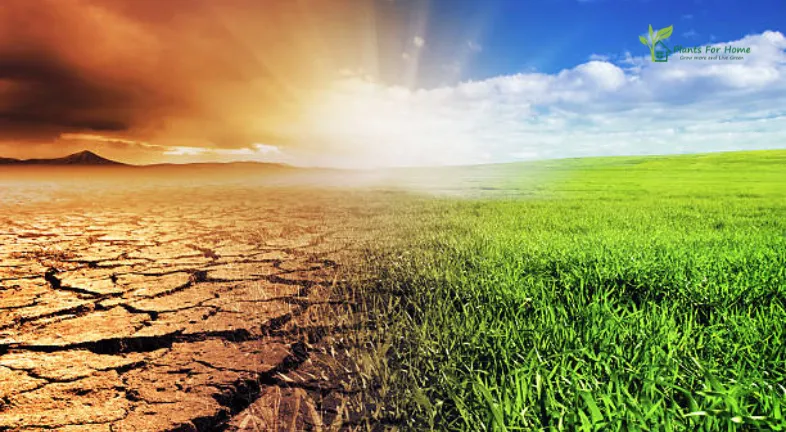
Most plants like steady temperatures between 65°F and 75°F (18°C to 24°C). When air conditioners turn on and off, they might generate sudden changes that could damage delicate plants, such as tropical types.
Low Humidity
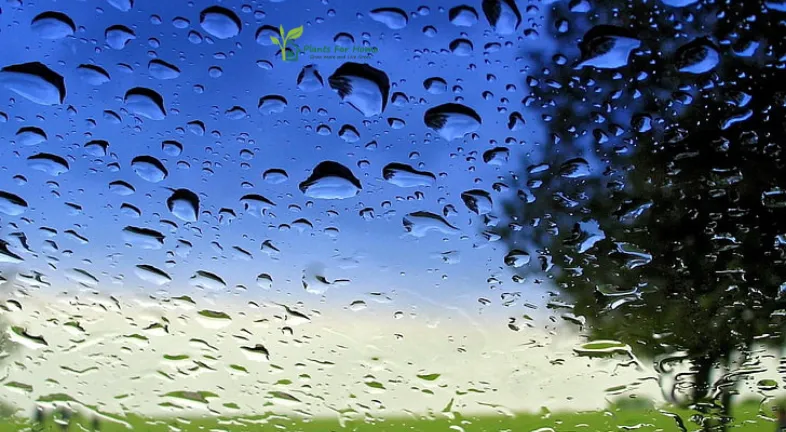
Air conditioning pills moisture from the air, making it drier. Plants that love humidity, such peace lilies, orchids, and ferns , may struggle as a result.
Airflow and Drafts
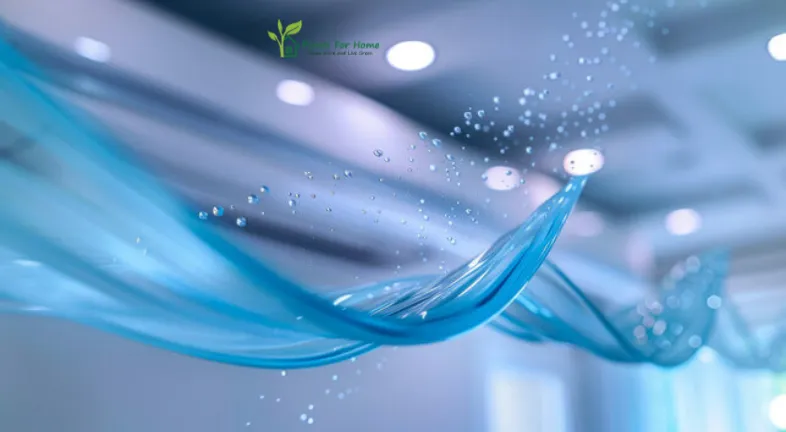
Cold air blowing directly on plants can dry out leaves or cause damage, leading to brown edges or slower growth. Additionally, the breeze may quickly dry up the soil, requiring extra watering.
Low Light
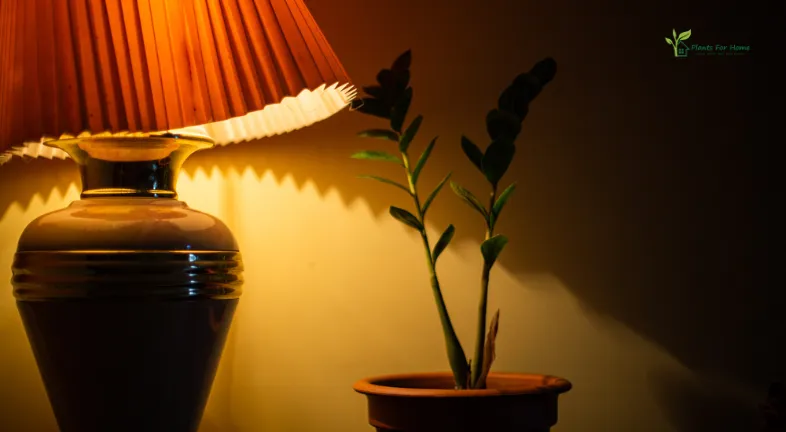
Because we often keep the blinds or curtains closed to keep cool, air-conditioned rooms occasionally contain less natural light. Your plants are under more stress when there is less light.
Signs Your Plants Are Struggling
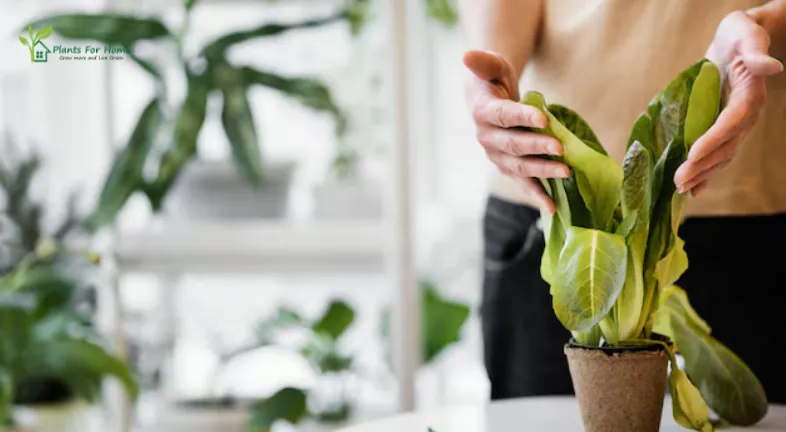
Plants will show you if they’re unhappy. Look for:
- Wilting or drooping leaves: This often means they need more water.
- Brown tips or edges: A sign the air is too dry or too cold drafts are hitting them.
- Yellowing leaves: Could be from too much or too little water, or general stress.
- Leaf drop: Plants may drop leaves when they’re shocked by sudden changes.
How to Protect Plants from Air Conditioning
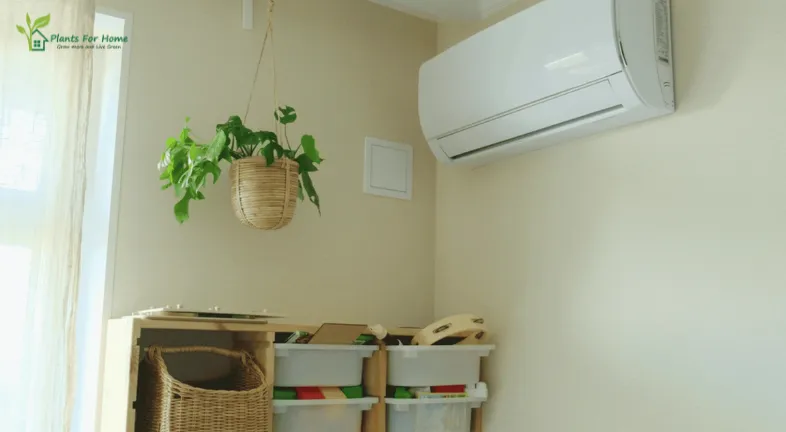
Thankfully, you can help your plants thrive with a few simple steps:
Choose the Right Spot
Plants should be moved away from drafty areas and air vents. Place them on shelves or in corners where there is good light and gentle air movement.
Add Humidity
Since air conditioners dry the air, increase moisture with these tricks:
- Use a humidifier to keep the air moist.
- Group plants together to create a humid microclimate.
- Pebble trays under pots with water can help raise humidity.
- Mist leaves lightly for a quick humidity boost (though not a long-term fix).
Water Smartly
Check your plant’s soil frequently. Only water when the top feels dry to avoid overwatering. Take care not to drown the roots.
Choose Hardy Plants
Some plants handle dry air and temperature changes better, including:
- Snake plants
- ZZ plants
- Pothos
- Spider plants
- Rubber plants
Ensure Enough Light
Place plants near windows for natural light or use grow lights if needed. Even in bright areas, stay away from areas directly under air vents.
Setting Up a Plant-Friendly Space
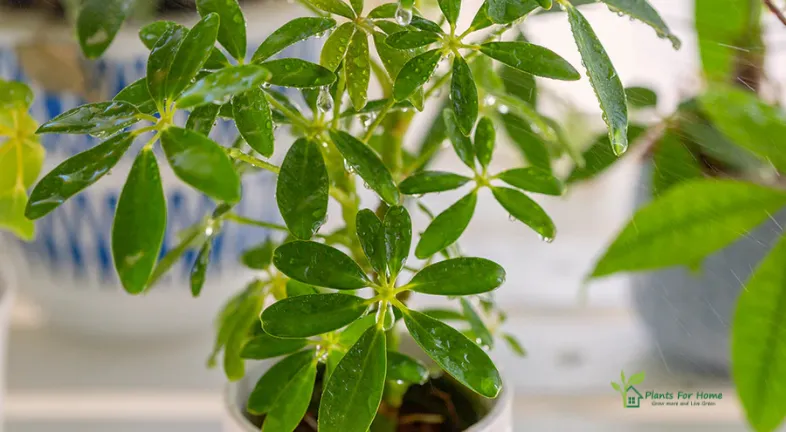
Creating an environment where both you and your plants thrive requires careful planning. When creating a space that is friendly to plants, keep the following in mind:
- Vent Deflectors: Use vent covers or deflectors to redirect cold air away from your plants.
- Rotating Plants: Move plants to different spots throughout the week to balance light exposure and airflow.
- Indoor Greenhouses: Small, clear cabinets can create a controlled environment with higher humidity for sensitive plants.
Smart Technology for Plant Care
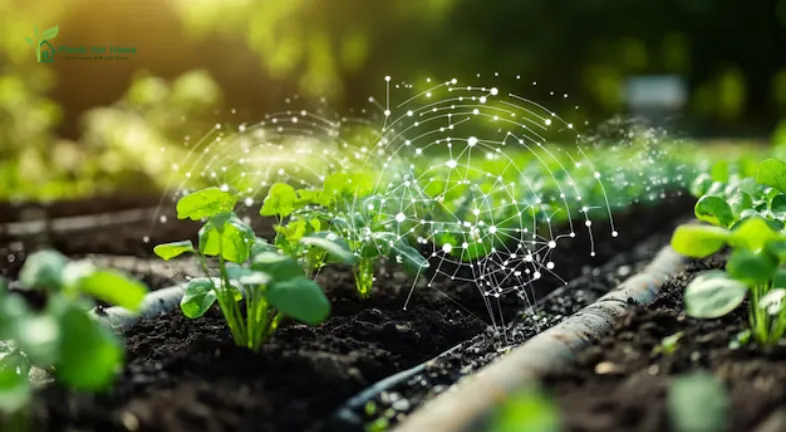
In today’s world, smart gadgets can make plant care easier even in challenging environments. Consider investing in:
- Smart Humidity Monitors: These track moisture levels and send alerts to your phone.
- Automatic Watering Systems: Great for maintaining consistent soil moisture.
- Smart Grow Lights: These simulate natural sunlight for plants in darker corners of your home.
Common Mistakes to Avoid
Even experienced plant parents can make mistakes when dealing with air-conditioned spaces. Watch out for these pitfalls:
- Overwatering: Plants often need less water than you think, even in dry air.
- Ignoring Humidity Levels: Failing to monitor humidity can lead to long-term plant stress.
- Leaving Plants in Drafts: Cold air blowing directly on plants can quickly damage them.
Finding Balance
Maintaining your plants’ health and staying cool don’t have to be mutually exclusive. Your indoor garden can survive peacefully with your air conditioner if you give it the proper care and attention. By keeping an eye on humidity, temperature, watering, and lighting, you can create a comfortable environment for both your plants.
Small changes can have a major impact if you take the time to observe your plant’s needs. Your plants will remain lush and colorful, but they will also aid your living area’s atmosphere and air quality, making it a cool haven even on the hottest days.
Final Thoughts
So, Is air conditioning bad for plants? It can be, but it doesn’t have to be. Understanding their requirements and modifying your care methods can allow your plants to survive alongside your air conditioner, providing you with a warm and lively environment throughout the year.
Read more at : How A Microgreens Growing Tray Can Help You






